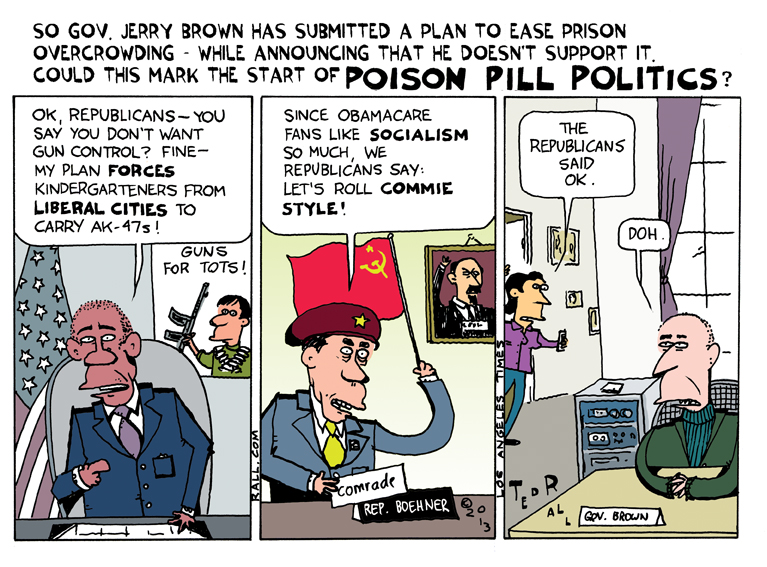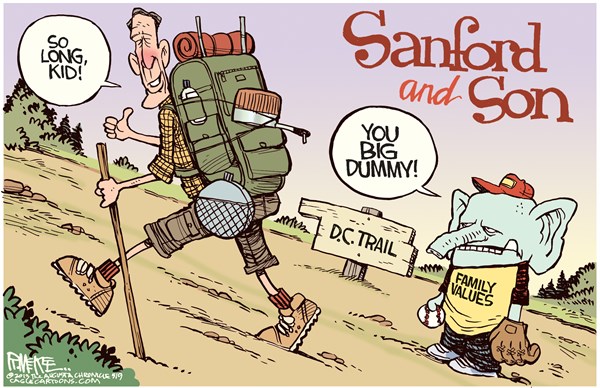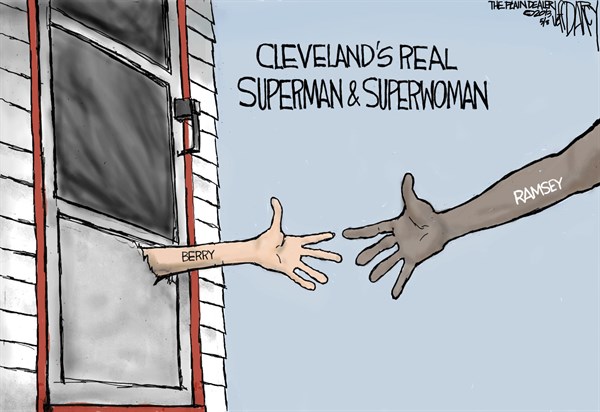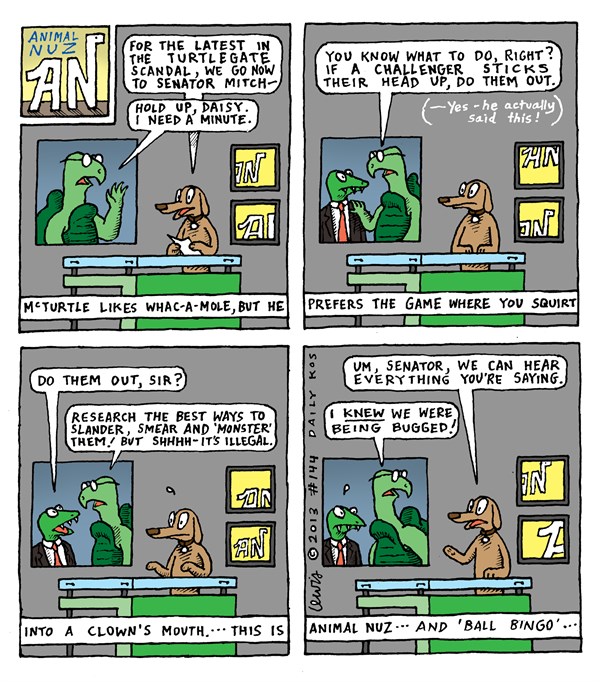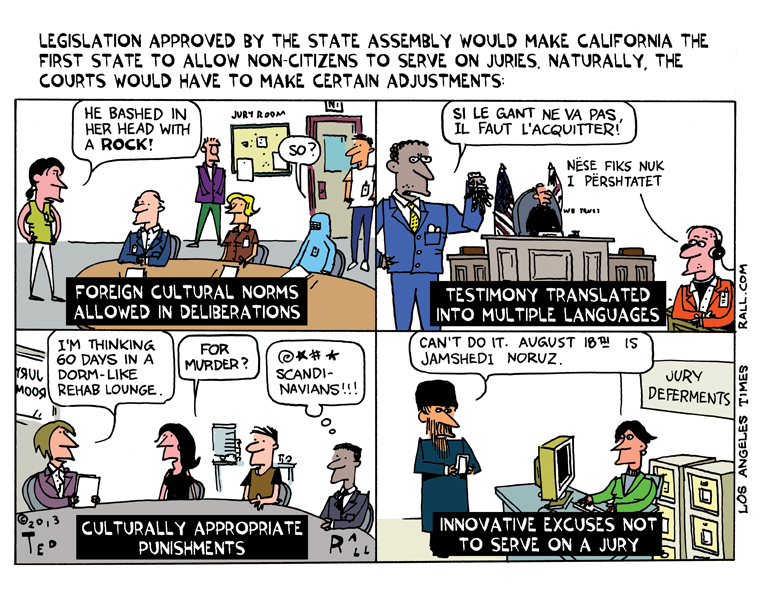I draw cartoons for The Los Angeles Times about issues related to California and the Southland (metro Los Angeles).
This week: Governor Jerry Brown of California has submitted a plan to ease prison overcrowding – but says he doesn’t support it. Could this mark the start of Poison Pill Politics?

